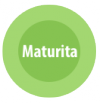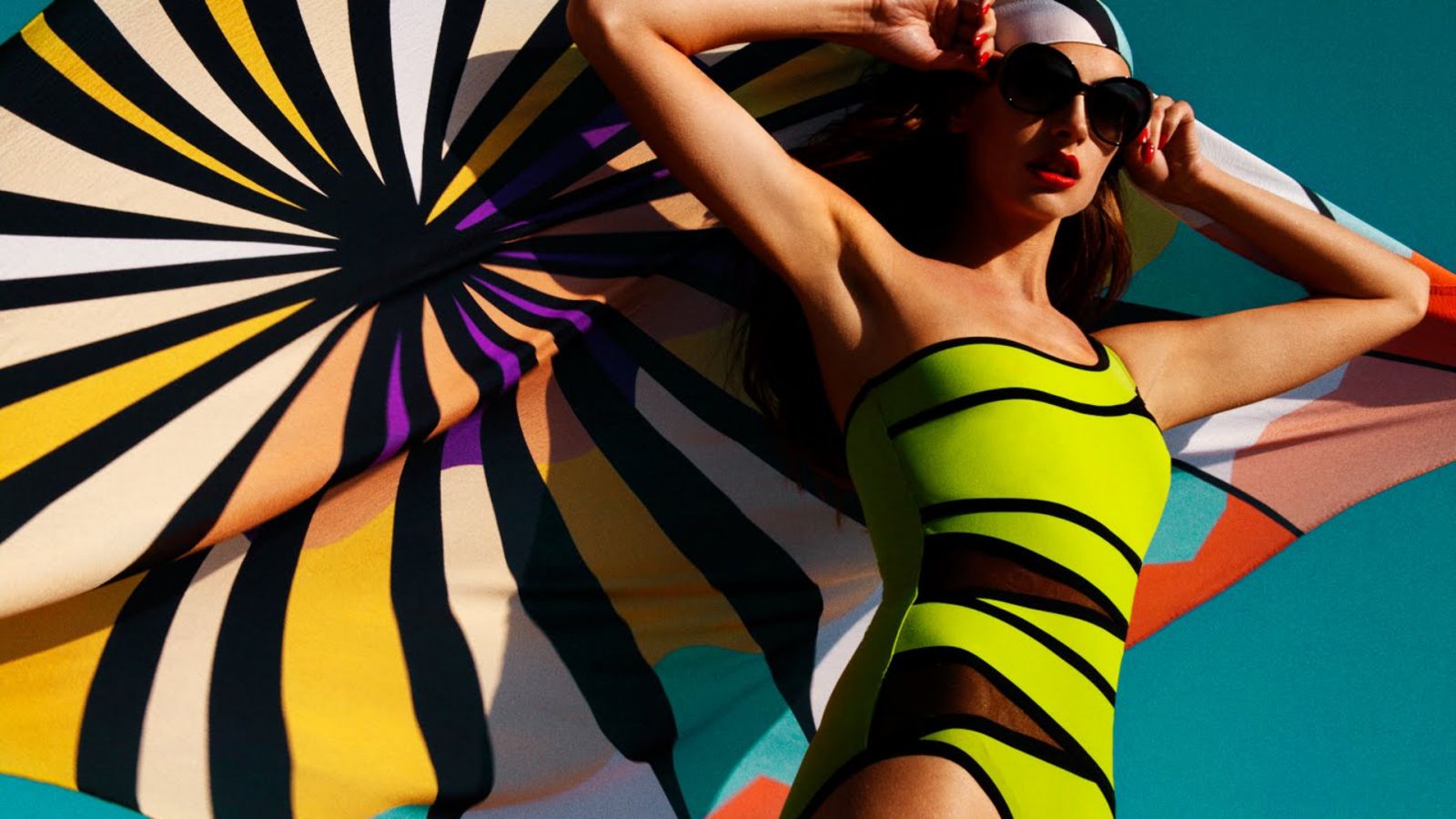

Clothes and fashion
Móda, oblékání a styl
Maturita z angličtiny má i konverzační témata, na která je třeba se dobře připravit. V této lekci se zaměříme na Fashion and style a podíváme se na vzorové ukázky krátké promluvy na toto téma, užitečných frází a doplňujících otázek. Otázky vám pomůžou při tvoření bodové osnovy právě pro téma: Móda, oblékání a styl
Jak na to?
- pokuste se o popis vašeho vztahu k módě a oblékání, popiště co běžně nosíte, co si oblékáte přo zvláštních příležitostech a v čem se cítíte pohodlněji a lépe
- můžete se také zaměřit na oblibu módy nebo stylu ve vašem okolí nebo popsat rozdíl mezi tím, jak se obléká vaše generace a generace vašich rodíčů
- opět byste se měli ideálně dostat k nějaké pointě nebo závěru
Co radíme my
- z následujících otázek a vzorových odpovědí si sestavte bodovou osnovu
- podle osnovy si trénujte vyprávění a snažte se přemýšlet o tom, co říkáte
- v žádném případě se nepokoušejte učit nějaké pasáže textu nazpaměť nebo vytvářet komplikovaná souvětí
- celé vyprávění musí být na takové úrovni a takové obtížnosti, abyste byli schopni jej kdykoliv zopakovat
Describe what you like to wear and why you like it. You should say:
- what you wear
- reasons why you wear that particular style
- contrast your style with style of your parents
Shopping
Shopping is part of our everyday lives. Some people enjoy it, and will wander around shops only to have a look, with no particular goal, others hate shopping and find it very unpleasant. For shopping may also involve stress, for instance during summer or winter sales. Special offers result in stressful behaviour and overcrowded shops. The same happens at Christmas. That is why, for some people Christmas is no longer a feast of peace but a feast of eating and drinking.
Most people, however, shop in huge supermarkets. More and more huge shopping centres are being built on the outskirts of towns that offer everything under one roof: stores, cafés, restaurants and sometimes even cinemas, hairdressers and other services. Naturally, they can offer what small shops cannot afford: the opening hours are longer, there is enought parking space, a free childcare centre, and many more.
In most shops there are counters with cash registers on it, supermarkets usually have got checkouts. The customers use either shopping baskets or – better – shopping trolleys, the latter make the client spend more as they are so big and seem to be so empty. The surprise comes when it comes to paying. In clothes shops there are fitting rooms. In shops there are usually rows of shelves with products. After having paid for the goods you are given a receipt that gives you a guarantee and possibility of taking the goods back and getting a refund.
You can pay either in cash, by cards or cheques. Some shops offer buying on credit. Some chain shops also offer customer's cards for loyal customers. They can either collect points for products they buy or use the card for buying the products and pay only, say, once a month the whole sum. The invisible money that is on such card also makes you buy more.
Shopping arcades are convenient and comfortable especially when it's raining outsider. A chain store is a shop with subsidiaries in many towns.
Harrods is a famous British department store, very expensive and very luxurious.

Fashion
Fashion has developed throughout the centuries, fashion trends keep changing. What was in yesterday is almost unacceptable today. But the fashions of today are quite tolerant , do not prevent anyone from wearing anything. Everyone may wear what they like and what they feel suits them.
Some people find it very important to wear expensive brands of clothes. But what may be even more important it that everyone should find his/her own style. But the main thing is that you are happy about what you wear and feel comfortable.
The word fashion does nor involve clothes only, but also hairstyle, make-up and accessories. These include shoes, handbags, gloves, belts, scarves, head scarves, hats, caps. Jewellery – ear-rings, neck-laces, bracelets, pendants, rings etc., sunglasses or umbrellas. Something you carefully choose to complement your clothes will always prove successful. The main thing is that the two things match.
There are many different hairstyles to suit different faces - oval, round, square, rectangular, and people usually want to be original. Everybody has different type of hair too. Some people have straight others have curly or wavy hair. Women like wearing their hair in a bun, permed or blow-dried, and small girls in plaits or pigtails with ribbons or ponytails. Some people have a hairdo with a fringe and a parting while others wear long fllowing hair. The fashion changes very quickly. Some teenagers even wear dreadlocks. Men can have a beard, moustache or are clean-shaved, bald men used to wear wigs. Youngs boys usually wear their hair short.

Weather and fashion
What we wear also depends on the season of the year. In the summer, we normally wear shorts, T-shirts, light short-sleeved shirts or shirts without sleeves, girls and ladies wear light dresses, blouses, skirts, short trousers or shorts and various tops and T-shirts. And the most important piece of summer clothing is swimming costume, of course. Popular summer footwear includes slip-on shoes or sandals.
In winter, when it is cold, warm clothes are inevitable such as cotton vests, various sweatshirts, pullovers, poloneck jumper, winter jackets or coats, furs, scarves, sloves and caps. Legs are protected with knee-socks or warm socks, warm winter boots or high-heeled shoes for ladies. For rainy weather it's convenient to wear some waterproof clothes like anorak, raincoat or cape and to carry an umbrella. In the country we can put on Wellington boots.
20 otázek na téma Clothes and fashion
Zkuste si v rámci přípravy odpovědět na následující otázky a použijte vše, co jste se dověděli v předchozích lekcích:
- What does the word "fashion" mean to you?
- How much attention do you pay to fashion in the way you dress?
- When you read a newspaper, do you read the fashion pages? If so, what sort of information do they usually provide?
- Does fashion allow people to express their individuality or does it force people to conform?
- Does the media (or the fashion industry) play some role in creating or continuing stereotypes? What duty, if any, does the media (or fashion industry) have to change these stereotypes?
- What do you think of the accusation that the fashion industry is in some way to blame for the level of anorexia in the western world?
- Is the purpose of fashion shows to sell clothes or are they simply a method of advertising the designer's name?
- How often have you actually seen someone actually wearing some of the more extreme fashion show creations? Does anybody wear them?
- Do you think that being a fashion model would be an enjoyable interesting life? Would you like to be one?
- What is in fashion for women this year?
- What is in fashion for men this year?
- If you could change one thing about your appearance, what would it be?
- What do you find most attractive in people of the opposite sex?
- Do you read beauty magazines?
- What's your opinion of beauty pageants like Miss Universe?
- How have our ideas about beauty changed historically? What does this tell us?
- Are people in your country fashionable?
- What are some common fashion faux-pas people make?
- What message does the media send to young people about beauty?
- What message is more important to send to overweight youth: 'be happy with yourself' or 'lose weight'?
Nezapomeňte ani na slovní zásobu pro téma Clothes and fashion
Procvičte si gramatické prostředky pro popis opakovaných činností a vyjádření frekvence v sekci Gramatiky

Kontrolní otázky...
-
What do women wear on their legs when they wear a skirt or dress?
-
yes, correct
-
not correct
-
funny idea :-)
-
-
T-shirts can have short or long ...
-
OK
-
wrong answer
-
wrong answer
-
-
When men have a business meeting, they usually wear ...
-
not too business like
-
not correct
-
Yes, correct
-
-
A belt is a piece of clothing, which we wear ... to prevent our trousers from falling off.
-
wrong answer
-
yes, correct
-
wrong answer
-

Seznam slovíček k lekci




